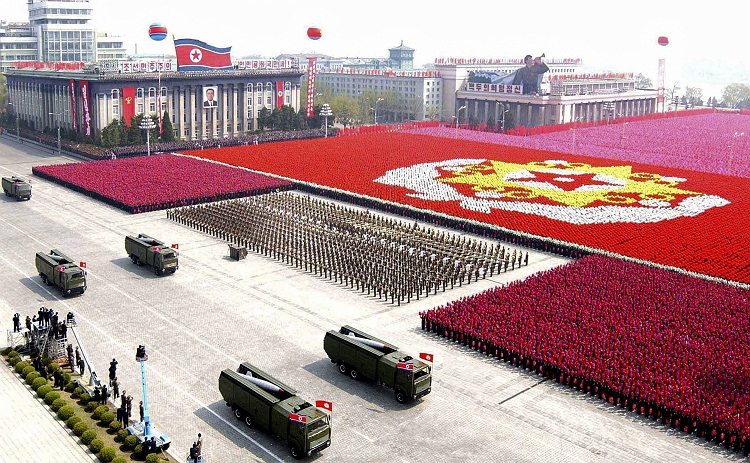North Korea on Wednesday launched a long-range rocket which Japanese authorities said passed over its southern island chain of Okinawa. It was the second launch this year, after a failed attempt in April.
North Korea has said the rocket is aimed at putting a satellite in orbit, but much of the international community sees the launch as a thinly veiled ballistic missile test, banned by UN resolutions.
These are key dates in the reclusive nation’s missile programme:
Late 1970s: Starts working on a version of the Soviet Scud-B (range 300 kilometres or 186 miles). Test-fired in 1984
1987-92: Begins developing variant of Scud-C (500 km), Rodong-1 (1,300 km), Taepodong-1 (2,500 km), Musudan-1 (3,000 km) and Taepodong-2 (6,700 km)
Aug 1998: Test-fires Taepodong-1 over Japan as part of failed satellite launch
Sept 1999: Declares moratorium on long-range missile tests amid improving ties with US
July 12, 2000: Fifth round of US-North Korean missile talks ends in Kuala Lumpur without agreement after North demands $1 billion a year in return for halting missile exports
Dec 2002: 15 North Korean-made Scuds seized on Yemen-bound ship
March 3, 2005: North ends moratorium on long-range missile testing, blames Bush administration’s “hostile” policy
July 5, 2006: North test-fires seven missiles, including a long-range Taepodong-2 which explodes after 40 seconds
July 15, 2006: UN Security Council adopts Resolution 1695, demanding halt to all ballistic missile activity and banning trade in missile-related items with the North
Oct 9, 2006: North conducts underground nuclear test, its first
Oct 14, 2006: Security Council approves Resolution 1718, demanding a halt to missile and nuclear tests. Bans the supply of items related to the programmes and of other weapons
April 5, 2009: North Korea launches long-range rocket which flies over Japan and lands in the Pacific, in what it says is an attempt to put a satellite into orbit. The United States, Japan and South Korea see it as a disguised test of a Taepodong-2
April 13, 2009: UN Security Council unanimously condemns launch, agrees to tighten existing sanctions. North quits nuclear disarmament talks in protest and vows to restart its plutonium programme
May 25, 2009: North conducts its second underground nuclear test, several times more powerful than the first
June 12, 2009: Security Council passes Resolution 1874, imposing tougher sanctions on the North’s atomic and ballistic missile programmes
July 4, 2009: North test-fires seven ballistic missiles off its east coast
Feb 18, 2011: Satellite images show the North has completed a launch tower at its new west coast missile base at Tongchang-ri, experts say
May 15, 2011: North Korea and Iran are suspected of sharing ballistic missile technology, according to a UN sanctions report, diplomats say
March 16, 2012: North Korea announces it will launch a long-range rocket between April 12-16 to put a satellite into orbit
April 13, 2012: Rocket is launched from the Tongchang-ri base but disintegrates soon after blast-off and falls into the ocean
December 1, 2012: North Korea announces it will launch another rocket in December, triggering condemnation from its foes and concern from ally China
December 9, 2012: Pyongyang says the launch may be delayed, as analysts say technical problems or snow may be hampering preparations
December 12, 2012: North Korea launches the multi-stage rocket. Japan says it passed over its southern island chain of Okinawa but it did not attempt an interception.










